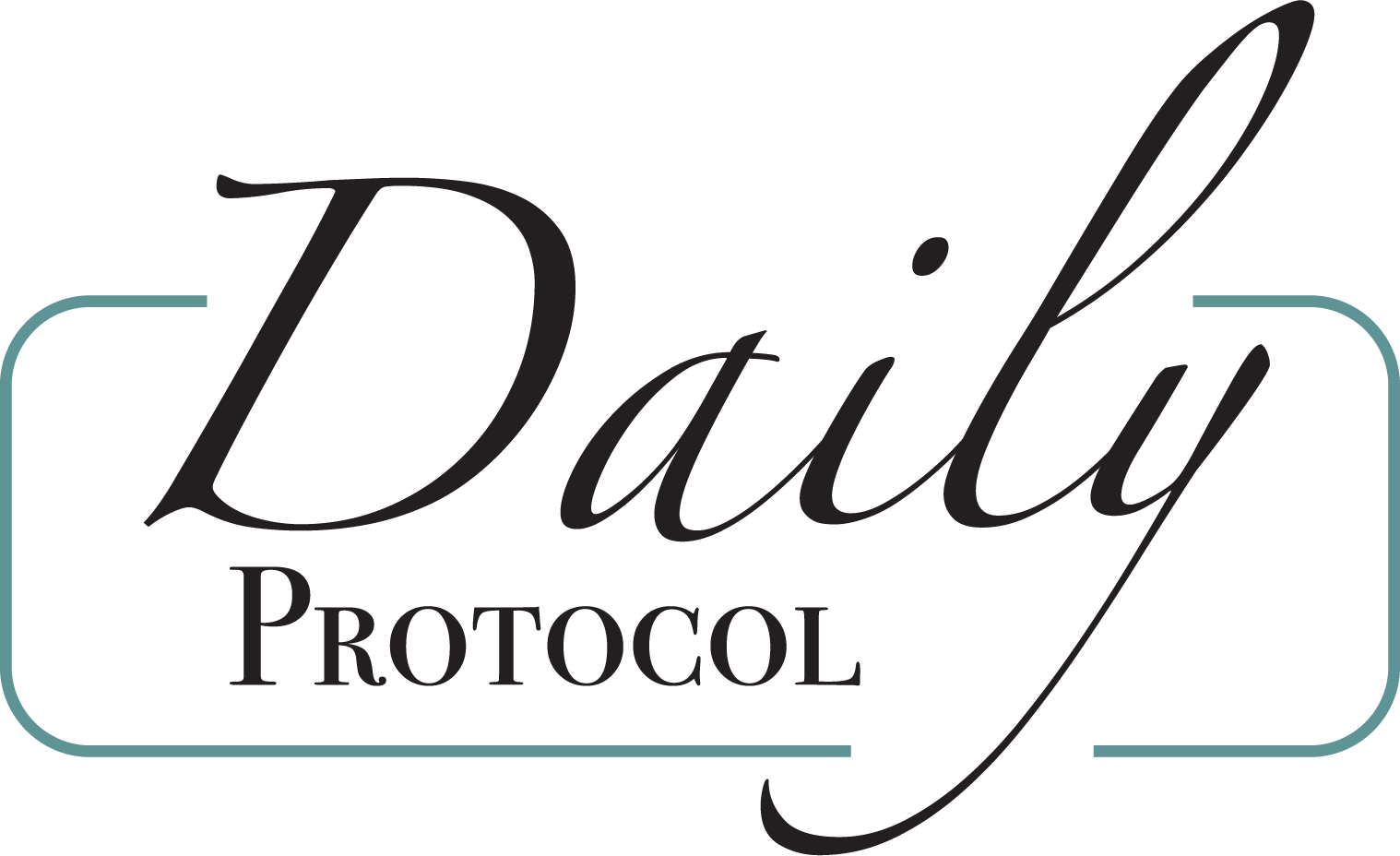
Let’s Stop Gossip
October 11, 2023
Bring Your Mingling Game To Your Holiday Party!
December 9, 2023No More Dismissive Language

As many of us spend a good chunk of our time in the workplace, we talk to our peers, management and clients throughout the course of that time. We’re in an environment where we engage to get our points across, hear others’ points of view, solve problems, create, produce – all toward common and specific goals for company and customer successes.
Unfortunately dismissive language is in some people’s communication tool belt.
Phrases that are dismissive in nature are disrespectful to others. They show little consideration for someone’s feelings or emotions, can feel patronizing, and potentially can cause miscommunication and hurt feelings.
The definition of dismissive is: feeling or showing that something is unworthy of consideration or not worthy of serious attention.
Some examples of dismissive phrases are:
- Welcome to my world.
- Whatever.
- You’re being too sensitive/dramatic.
- You’re overreacting.
- As I told you.
- Oh relax/calm down/chill out.
- That’s nonsense/ridiculous.
- You’re not listening.
- You always/you never.
- You can’t take a joke.
- Get over it…
It’s difficult to work with someone whose comments are regularly dismissive. These types of remarks limit the ability for comfortable and respectful communication, teamwork, cohesiveness, process, production and success.
How can you lean into Emotional Intelligence (EI) – that keen sense of self and social awareness – so that dismissive remarks are not/no longer part of communication and conversation? Further, how can you react and address someone who’s being dismissive?
Whether you’re the speaker or being spoken to, consider:
- By taking a pause: this could be the prompt that allots for self-correction and/or recognition.
- By conveying empathy, kindness, understanding, validation and perspective: this could completely change the tone and direction of the conversation.
- By fully listening: this can help to utilize more effective and acceptable communication.
If you find yourself using some of the aforementioned remarks in conversations, acknowledge it and tap into your EI to work toward a different response. Even if you don’t agree, open the door for further clarification/talking points so that you can move forward:
- I understand you’re upset/frustrated about this; let’s talk about why.
- I can understand this means a lot to you. Help me to better understand.
- I’m not sure that’s accurate. Have you considered…
- I see things differently, and would like to better understand your point of view.
- Let’s come back to this later, and find a common ground on this.
- I’m sorry, my comment to you was disrespectful/inconsiderate.
If you’re the recipient of dismissive comments, again, tap into your EI; acknowledge the comments and be direct with your response, in order to promote a more positive dialogue:
- Let’s agree to disagree and move on.
- I’m feeling unheard/misunderstood here. Please allow me to explain further.
- This is what I think/how I feel; and it’s fine we’re not in agreement.
- Let’s not get sidetracked with comments such as these; I’m here to talk about our next presentation.
- I don’t think it was your intention, but that comment stung/made me feel dismissed. Let’s pivot and get back on topic.
- I don’t respond well to comments/jokes such as that, or, that comment/joke made me feel…now let’s tend to the status of this project.
- What exactly do you mean by that/can you further clarify?
Honing and being in tune with our EI to speak and listen to others respectfully and kindly, polishes our communication skills and cultivates relationships. As a whole, this makes for a more pleasant, productive and successful work environment.

